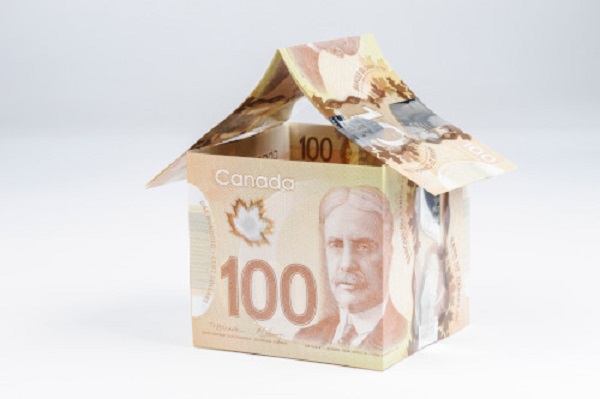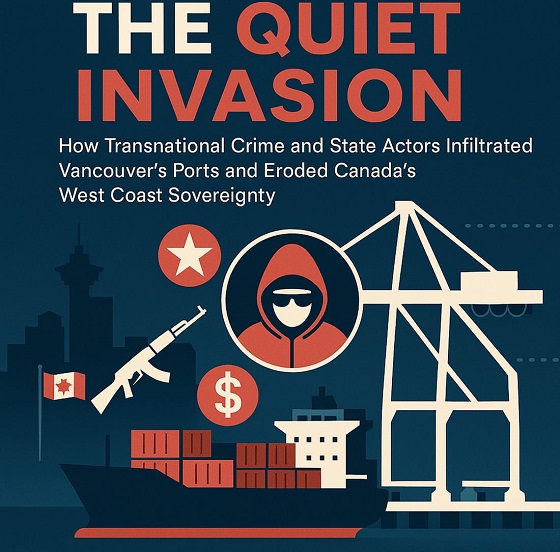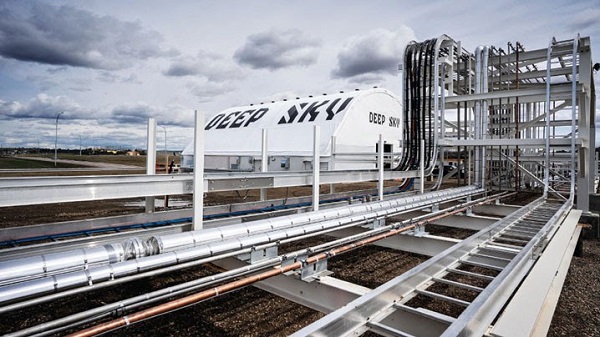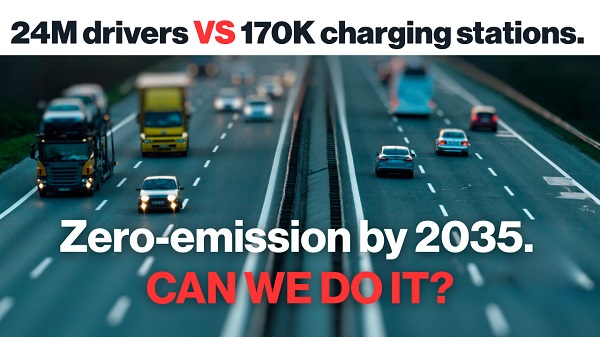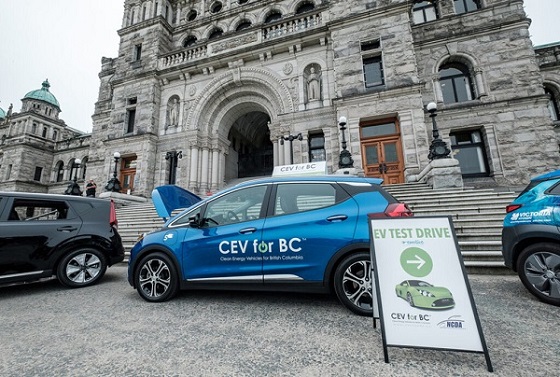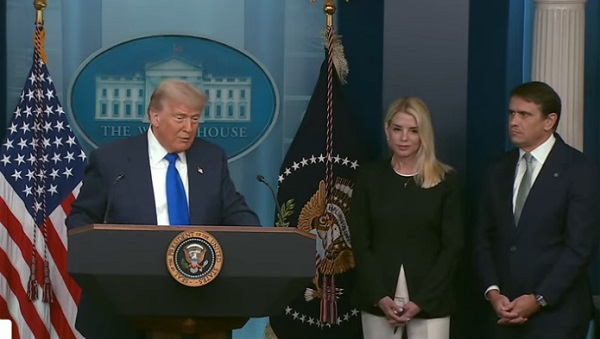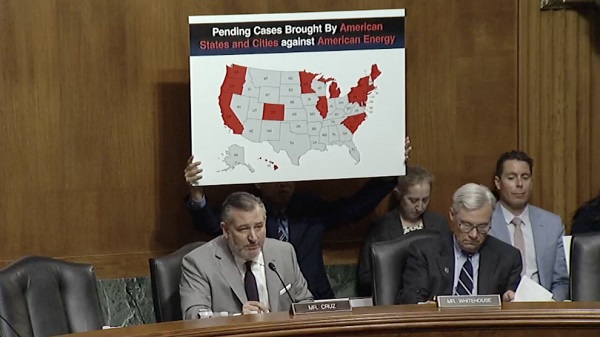The Audit has
a growing library of posts addressing the housing crisis. I’m particularly proud of my
Solving Canada’s Housing Crisis because of how it presents a broad range of practical approaches that have been proposed and attempted across many countries and economies. But the truth is that the
affordability end of the problem could be easily and quickly solved right here at home without the need for clever and expensive innovation.
As you’ll soon see, local and provincial governments – if they were so inspired – could drop the purchase price on new homes by 20 percent. Before breakfast.
The Audit is a reader-supported publication. To receive new posts and support my work, consider becoming a free or paid subscriber.
It’s all about taxes and fees. This post will focus mostly on taxes and fees as they apply to new construction of relatively expensive detached homes. But the basic ideas will apply to all homes – and will also impact rentals.
Here are some estimated numbers to chew on. Scenarios based on varying permutations and combinations will produce different results, but I think this example will be a good illustration.
Let’s say that a developer purchases a single residential plot in Toronto for $1.4 million. In mature midtown neighborhoods, that figure is hardly uncommon. The plan is to build an attractive single family home and then sell it on the retail market.
Here are some estimates of the costs our developer will currently face:
- Construction costs on a 2,000 sq. ft. home (@ $350/sq. ft.): $700,000
- Land transfer taxes on the initial land purchase: $35,000
- Development fees: $100,000
- Permits and zoning/site approvals: $40,000
Total direct development costs would therefore come to $875,000. Of course, that’s besides the $1.4 million purchase price for the land which would bring our new running total to $2,275,000.
We’ll also need to account for the costs of regulatory delays. Waiting for permits, approvals, and environmental assessments can easily add a full year to the project. Since nothing can begin until the developer has legal title to the property, he’ll likely be paying interest for a mortgage representing 80 percent of the purchase price (i.e., $1,120,000). Even assuming a reasonable rate, that’ll add another $60,000 in carrying charges. Which will bring us to $2,335,000.
And don’t forget lawyers and consultants. They also have families to feed! Professional guidance for navigating through the permit and assessment system can easily cost a developer another $25,000.
That’s not an exhaustive list, by the way. To keep things simple, I left out Toronto’s Parkland Dedication Fee which, for residential developments, can range from 5 to 20 percent of the land value. And the Education Development Charges imposed by school boards was also ignored.
So assuming everything goes smoothly – something that’s far from given – that’ll give us a total development cost of $2,360,000. To ensure compensation for the time, work, investments, and considerable risks involved, our developer is unlikely to want to sell the home for less than $2,700,000.
But various governments are still holding their hands out. When the buyers sign an agreement of purchase, they’ll be on the hook for land transfer taxes and – since it’s a new house – HST. Ontario and Toronto will want about four percent ($108,000) for the transfer (even though they both just cashed in on the very same transfer tax for the very same land at the start of the process). And, even taking into account both the federal and Ontario rebates, getting the keys to the front door will require handing over another $327,000 for HST.
Here’s how development fee schedules currently look in Toronto:
And here’s a breakdown of the land transfer taxes assessed against anyone buying land:
In our hypothetical case, those fees would give us a total, all-in purchase price of $3,135,000. How much of that is due to government involvement (including associated legal and interest fees)? Around $695,000.
That’s $695,000 our buyers will pay – over and above the actual costs of land and construction. Or, in other words, a 22 percent markup.
Let’s put this a different way. If the cost of the median home in Canada dropped by 22 percent, then around 1.5 million extra Canadian households could enter the market. Congratulations, you’ve solved the housing affordability crisis. (Although supply problems will still need some serious work.)
Now it’s probably not realistic to expect politicians in places like the Ontario Legislature and Toronto City Council to give up that kind of income. But just lowering their intake by 50 or even 25 percent – and reducing the costs and pain points of acquiring permits – could make a serious difference. Not only would it lower home sale prices, but it would lower the barriers to entry for new home construction.
Share
Just what were all those taxes worth to governments? Let’s begin with the City of Toronto. Their 2023 Financial Report tells us that land transfer taxes generated $944 million, permits and zoning applications delivered $137 million, and development fees accounted for $1.45 billion. Total city revenues in 2023 were $16.325 billion.
We’re told that all that money was spent on:
- Roads and transit systems
- Water and wastewater systems
- Fire and emergency services
- Parks and recreation facilities
- Libraries
Well, we do need those things right? We can’t expect the city to just eliminate fire and emergency services.
Wait. Hang on. I seem to recall being told that revenue from my property tax bill covered those services. Yes! My property tax did fund those things. Not 100 percent of those things, but a lot.
Specifically, Toronto property tax revenues cover 65 percent of the municipal costs for roads and transit systems, 85 percent of fire and emergency services, 75 percent of parks and recreation facilities, and 95 percent of library costs (even though very few people use public libraries any more).
Granted, property tax revenue covered only five percent of water and wastewater systems, but that’s because another 40 percent came from user fees (i.e., utility bills).
So revenues from land transfer taxes, developer fees, and permitting aren’t an insignificant portion of City income, but they’re hardly the linchpin propping the whole thing up either. City Council could respond to losing that income by increasing property taxes. Or – and I’m just throwing around random ideas here – they could reduce their spending.
Now what about the province? I couldn’t get a good sense of how much of their HST revenue comes specifically from new home sales, but Ontario’s 2023–24 consolidated financial statements tell us that provincial land transfer taxes brought in $3.538 billion. That would be around 1.7% of total government revenues. Again, a bit more than a rounding error.
Politics is about finding balances through trade offs. Sure, maintaining program spending while minimizing deficits is an ongoing and real challenge for governments. On the other hand, they all say they’re concerned about the housing crisis. Foregoing just one to five percent of revenues should, given the political payoffs and bragging rights that could follow, probably be an easy pill to swallow.
A few weeks ago I reached out to the City of Toronto Housing Secretariat and the Province of Ontario’s Municipal Affairs and Housing for their thoughts. I received no response.
The Audit is a reader-supported publication. To receive new posts and support my work, consider becoming a free or paid subscriber.
